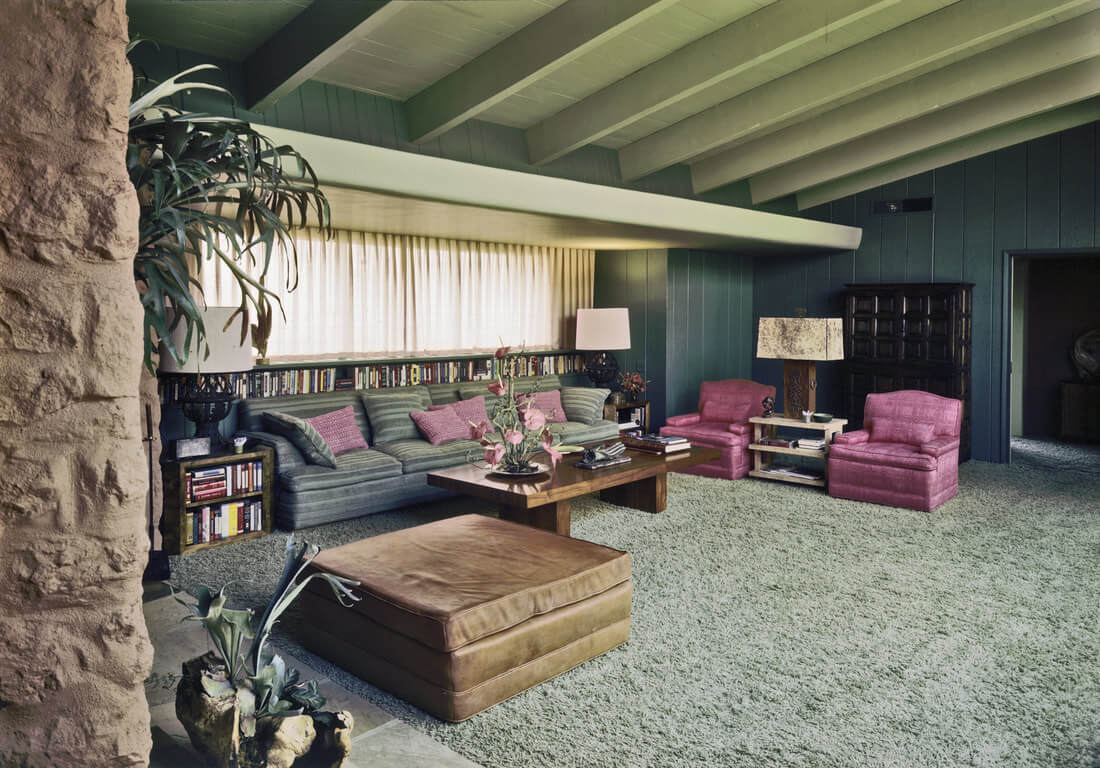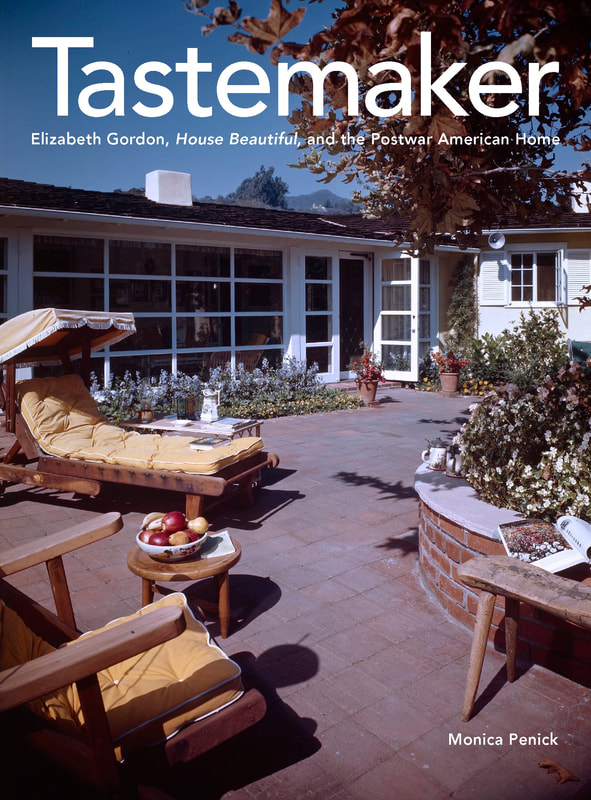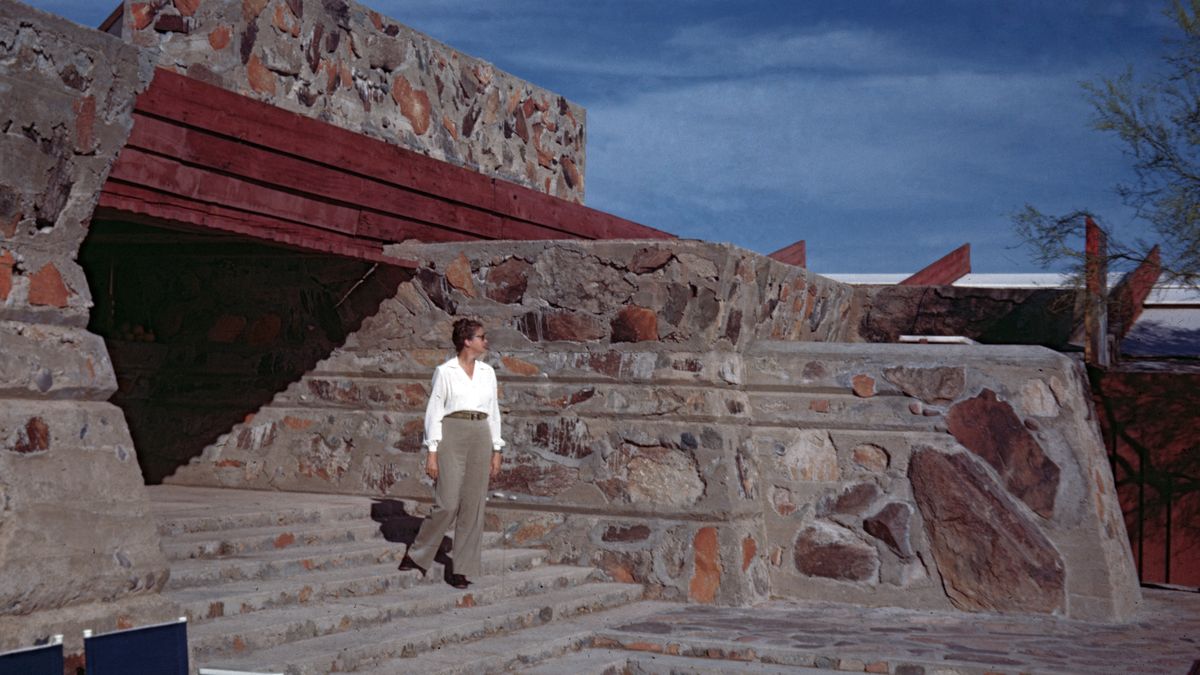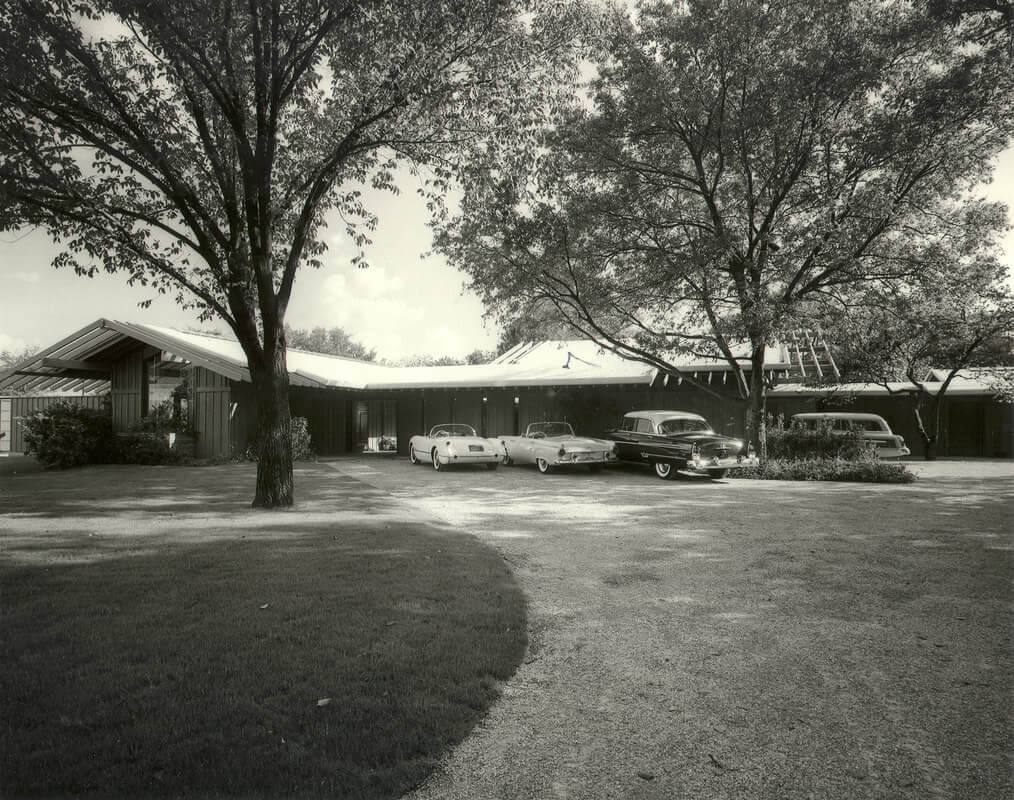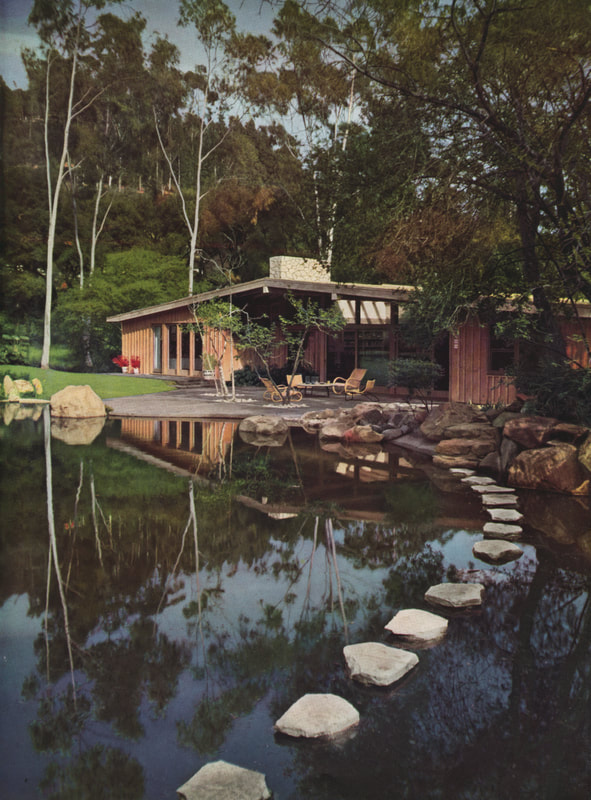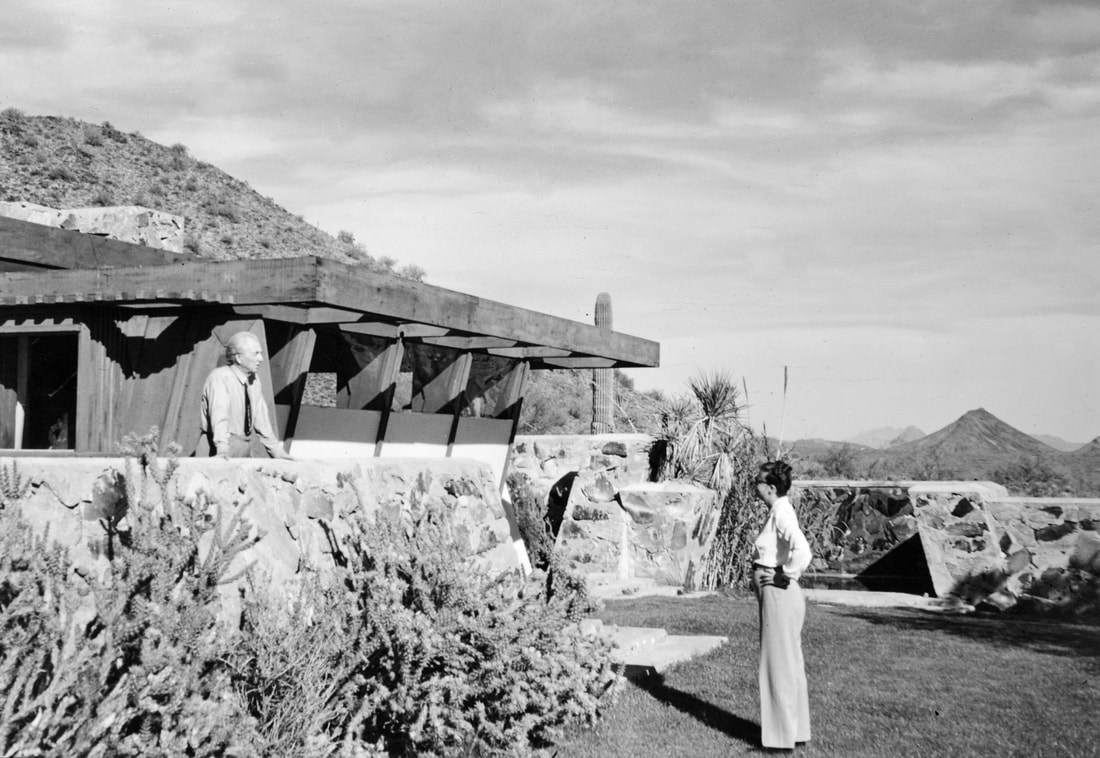When teaching the chapter on mid-century in my new course The Tastemakers, I have given a great attention to Elizabeth Gordon, the legendary editor of House Beautiful, who has done for the American home what today’s editors of shelter magazines would not have dared to even think of. She was innovative, critical, political, and progressive, never afraid to express her voice even in the price of becoming controversial. She utilized her powerful platform to educate middle-class America in matters of taste in home living, and her mission was clear. Gordon advocated the notion that modern houses ‘belong to our way of living as much as maple sugar, Detroit automobiles, and free education,’ as quoted by Monica Penick in her fascinating and meticulously researched new book ‘Tastemaker: Elizabeth Gordon, House Beautiful, and the Postwar American Home’ (published by Yale University Press). For over two formative decades in the history of the modern home, Gordon acted as the editor-in-chief of the American magazine, ruling what was accepted by the middle class. Penick devotes an entire chapter to the 1954 issue ‘Threat to the Next America,” where Gordon argues against the all-glass architecture of the International Style, strongly voicing against Mies and embracing Frank Lloyd Wright. So rarely do we come across such an excellent analysis related to the history of the interior and its material culture as ‘Tastemaker: Elizabeth Gordon, House Beautiful, and the Postwar American Home,’ which should be found on the shelves of anyone interested in design, and hopefully this will encourage more studies in the history of the interior. Above: Cliff May, 1948 Pace Setter House, Los Angeles, California, 1947. Color styling by William Manker. House Beautiful (February 1948). Maynard L. Parker, photographer: Courtesy of The Huntington Library, San Marino, California. 2. Emil Schmidlin, 1949 Pace Setter House, Orange, New Jersey, 1949. Maynard L. Parker, photographer: Courtesy of The Huntington Library, San Marino, California.

